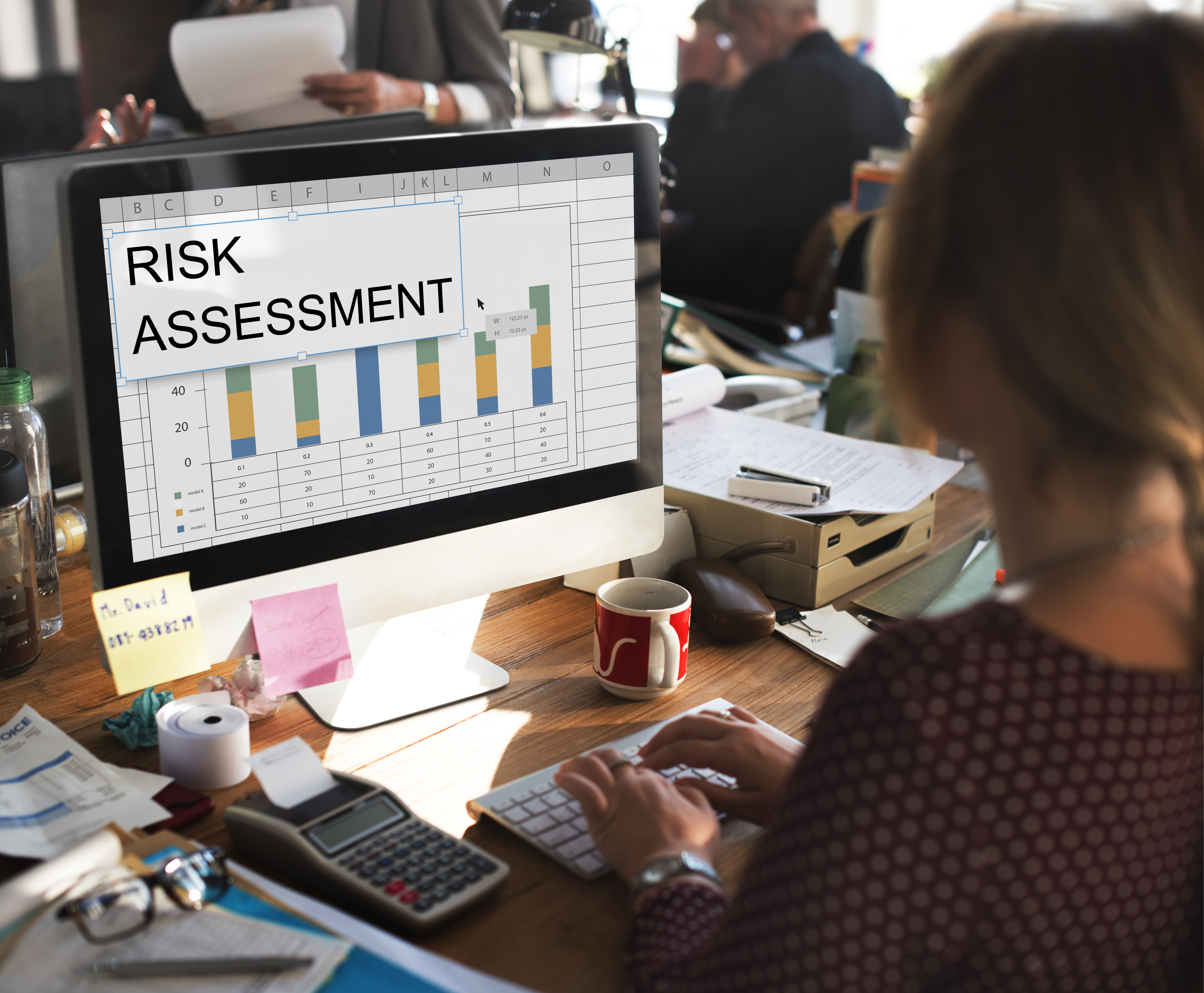Every registered dealer must adhere to filing the GSTR-1 return each month or quarter, detailing the outward supplies within that specific tax period.
In accordance with Section 32 of the GST Model Law, electronic filing of GSTR-1 is mandatory for all individuals registered under GST, except for Input Service Distributors, non-resident taxable persons, and those taxpayers governed by Section 9, Section 46, or Section 56. The obligation entails providing a comprehensive account of outward supplies of goods or services for a specific tax period, with the filing deadline set on or before the tenth day of the stipulated month.
GSTR-1 Filing Not Obligatory
In alignment with the aforementioned provisions of GST Law, Input Service Distributors, Non-Resident Taxable Persons, and individuals taxed under Section 9, Section 46, and Section 56 are not obliged to file GSTR-1 returns as per the stated criteria. Nonetheless, it is imperative to emphasize that they are still required to adhere to GST return filing requirements as delineated in the pertinent sections.
Input Service Distributor
As per the GST Model Law, an Input Service Distributor is characterized as an establishment associated with the supplier of goods and/or services. It receives tax invoices pursuant to section 28 pertaining to input services and issues prescribed documents for the explicit purpose of distributing the Central GST (State GST in accordance with State Acts) and/or Integrated GST credits paid on said services to suppliers of taxable goods and/or services sharing the same Permanent Account Number (PAN) as the aforementioned establishment.
All Input Service Distributors, functioning as taxable entities registered as Input Service Distributors, must adhere to the GST return filing timeline by submitting returns within thirteen days after the closure of the respective month.
Non-Resident Taxable Person
In accordance with the GST Model Law, a Non-Resident Taxable Person is an individual liable for GST, who sporadically engages in transactions involving the supply of goods and/or services, either as the principal party or in any other capacity, but does not possess a fixed business location in India.
For every calendar month, all GST-registered non-resident taxable persons are obligated to electronically file GST returns within twenty days following the conclusion of the calendar month or within seven days subsequent to the expiration of their registration’s validity period, whichever transpires earlier.
Section 9 – Composition Levy
Section 9 of the GST Model Law pertains to the composition levy, wherein a taxable entity with an aggregate turnover of less than Rs.50 lakh in the previous fiscal year can fulfill their GST liability by remitting an amount computed at the rate stipulated by the Government. This rate cannot be lower than 2.5% for manufacturers and 1% for other entities, based on the turnover within a particular state during the fiscal year.
Individuals falling under the purview of Section 9 are mandated to electronically file GST returns, encompassing details of inward supplies of goods or services, tax payable, and tax paid, within eighteen days after the culmination of the respective quarter.
Section 46 – Tax Collection at Source
All GST-registered taxpayers subject to Section 46, who are obligated to deduct tax at source, are required to file GST returns for the month during which these deductions were carried out. Additionally, they must make the tax payment within ten days after the conclusion of that month
Typically, GSTR-1 is due on the 11th of the ensuing month (previously the 10th until September 2018). For those on a quarterly basis, the due date shifts to the 13th of the subsequent quarter.
The GSTR-1 filing takes place via the GST Portal/GSTN. However, certain challenges can arise during data import:
- If sales invoices exceed 500, the GST Offline Utility is essential for downloading and generating the return file.
- The absence of bulk action capability on invoices.
- Manual completion of the HSN-wise summary.
Step 1: Accessing the Return Filing Page
- Initiate by logging into the GST Portal.
- Navigate to “Services” and select “Returns > Returns Dashboard.”
Step 2: Choosing Filing Frequency
- The “Option form for quarterly return filing by normal taxpayer” page surfaces.
- Respond affirmatively or negatively to the question: “Whether your aggregate turnover during the Previous Financial Year was upto Rs. 1.5 Crores or Do you expect your aggregate turnover during the Current Financial Year to be upto Rs. 1.5 Crores?”
- In the case of an affirmative response and opting for quarterly filing, click “Submit” and confirm.
- If opting for monthly filing or responding negatively, proceed similarly and confirm.
- Editing your preference for return frequency is possible by clicking “Edit,” making adjustments, and submitting.
Step 3: Filing Preparation Online
Click “Prepare online” to access the GSTR-1 return page.
Step 4: Outward Supplies Details
- On the “Details of outward supplies of goods or services” page, input the aggregate turnover of the previous and current financial years.
- Clarify the financial year timeframes: April 2016 to March 2017 for returns between July 2017 and March 2018, and so on.
Conclusion
The GSTR-1 filing is a cornerstone in the GST framework, ensuring transparency and compliance in the country’s taxation system. It outlines and records the outward supplies of a business, creating a streamlined process for reconciling tax liabilities. While the procedure may seem complex initially, with a clear understanding of the steps and provisions, it becomes more manageable. Businesses must ensure they stay updated with any changes in the GST laws and be diligent in timely and accurate filings. Utilizing the GST Portal/GSTN and understanding the nuances of GSTR-1, such as knowing who is exempt from the filing or understanding the different sections, can make the process smoother. Always remember, staying compliant not only benefits the nation’s economy but also builds credibility for your business in the long run.






